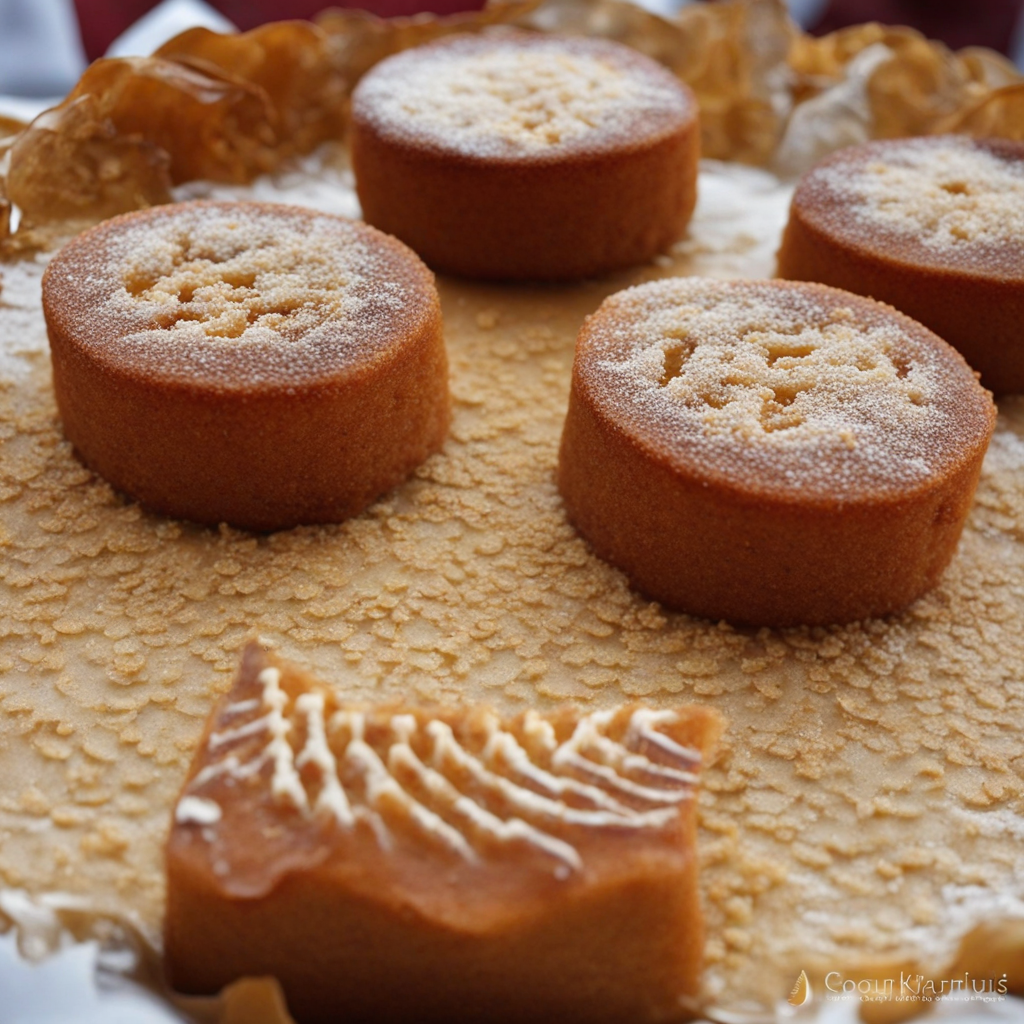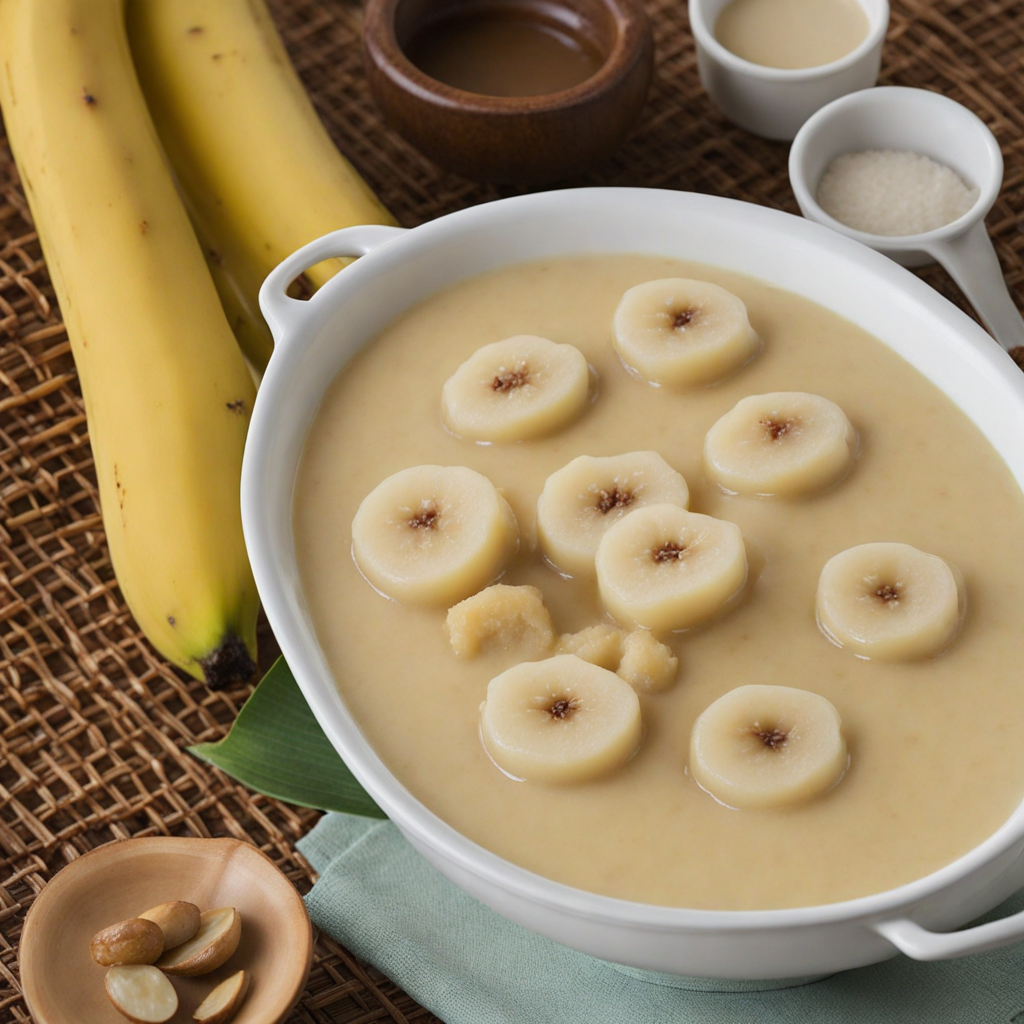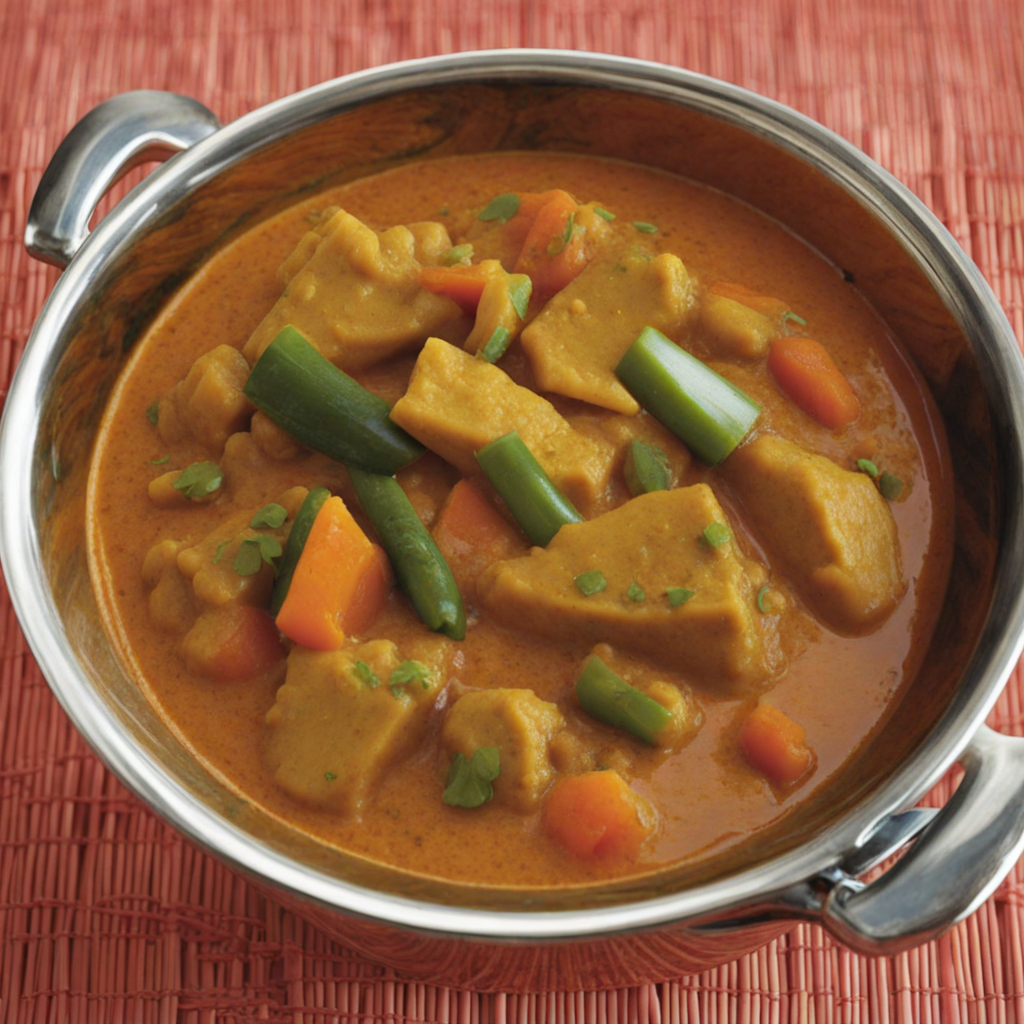Gateau Ti Son
Gateau Ti Son is a delightful Mauritian delicacy that embodies the island's vibrant culinary heritage. This sweet treat is primarily made from the versatile ingredient of lentils, specifically yellow split peas, which are ground into a fine flour and then blended with sugar and coconut milk. The mixture is often infused with aromatic spices such as cardamom and nutmeg, imparting a warm and fragrant profile that is characteristic of many Mauritian desserts. The batter is then shaped into small, round cakes before being deep-fried to a golden perfection, creating a crispy exterior that gives way to a soft, chewy center.
The combination of ingredients in Gateau Ti Son results in a unique flavor experience that balances sweetness with a subtle nuttiness from the lentils. Each bite offers a satisfying contrast between the crunchy outside and the tender inside, making it a popular choice among locals and visitors alike. The addition of coconut adds a tropical flair, while the spices elevate the taste, making it not just a dessert but also a sensory journey that reflects the multicultural influences that have shaped Mauritian cuisine.
How It Became This Dish
Gateau Ti Son: A Sweet Slice of Mauritian Heritage Origins in the Melting Pot Gateau Ti Son, often referred to simply as Ti Son, is a beloved traditional sweet from Mauritius, an island nation in the Indian Ocean that serves as a remarkable confluence of cultures. The history of Gateau Ti Son is as rich and diverse as the island's own cultural tapestry, which has been woven from the threads of African, Indian, Chinese, and European influences. The cake is rooted in the island's colonial past, which began with the arrival of the Dutch in the 17th century, followed by the French and later the British. Each of these cultures left a mark on Mauritian cuisine, contributing to a unique culinary identity. Gateau Ti Son, a coconut-based cake, is particularly emblematic of the island's Creole culture, which emerged from the interaction of these various ethnic groups. Ingredients and Preparation: A Celebration of Local Produce Gateau Ti Son is typically made with grated fresh coconut, sugar, flour, and eggs, along with a hint of vanilla or cardamom for flavoring. The ingredients reflect the local bounty; coconuts are abundant on the island, and their use in desserts is a testament to the island's tropical climate. The preparation of Gateau Ti Son is a communal activity, often involving family and friends. It is traditionally baked in a round, flat shape, and the texture is wonderfully moist and chewy, with a slightly crispy exterior that gives way to the tender interior. The cake is often served in small, easy-to-handle pieces, making it perfect for sharing during celebrations, festivals, or simply as a delightful afternoon treat with tea. Cultural Significance: More Than Just a Dessert In Mauritius, food is deeply intertwined with social and cultural identity. Gateau Ti Son is not merely a dessert; it is a symbol of togetherness and heritage. It is commonly featured during significant life events such as weddings, birthdays, and religious celebrations. The act of preparing and sharing this cake serves to strengthen familial bonds and community ties, showcasing the importance of hospitality in Mauritian culture. The cake is also a reflection of the island's multicultural nature. It draws on the culinary practices of various ethnic groups, particularly the Creole community, which has historically played a central role in the evolution of Mauritian cuisine. By incorporating local ingredients and traditional methods, Gateau Ti Son encapsulates the essence of what it means to be Mauritian, celebrating diversity while fostering a shared identity. Evolution Over Time: From Tradition to Global Recognition As Mauritius has evolved, so too has Gateau Ti Son. While the traditional recipe remains popular, modern interpretations have emerged. Chefs and home bakers experiment with flavors, incorporating ingredients like chocolate, nuts, and even fruit to create new variations of this classic cake. These innovations reflect the growing global interest in Mauritian cuisine and the desire to adapt traditional recipes for contemporary palates. In recent decades, globalization has played a significant role in elevating Mauritian cuisine on the world stage. The diaspora of Mauritians has also contributed to the spread of Gateau Ti Son beyond the island, with many expatriates sharing their culinary heritage with their new communities. Food festivals, cooking classes, and social media have further facilitated this cultural exchange, allowing people across the globe to experience the flavors of Mauritius, including the beloved Gateau Ti Son. Symbol of Resilience: A Cake for All Seasons The story of Gateau Ti Son is not just one of culinary evolution; it is also a testament to the resilience of the Mauritian people. Throughout its history, Mauritius has faced various challenges, from colonial rule to economic shifts, but the island's culinary traditions have remained steadfast. Gateau Ti Son, in particular, has endured as a symbol of comfort and nostalgia, evoking memories of home for many expatriates and serving as a reminder of the island's rich cultural heritage. During significant historical events, such as independence in 1968 or the various challenges of the 20th century, food became a means of expressing national identity and unity. Gateau Ti Son, with its simple yet profound ingredients, has come to represent the spirit of togetherness that characterizes the Mauritian experience. A Taste of Home: Gateau Ti Son Today Today, Gateau Ti Son continues to be a staple in Mauritian households and is often found in local bakeries and restaurants. It is celebrated not only for its taste but also for the memories it evokes and the connections it fosters. For many Mauritians, the act of enjoying a slice of Ti Son is akin to sharing a piece of their history, culture, and identity. Moreover, the cake has gained recognition beyond the shores of Mauritius, appealing to adventurous foodies and those interested in exploring the world through its culinary offerings. As global interest in ethnic cuisines grows, Gateau Ti Son stands as a delicious ambassador of Mauritian culture, inviting people to experience the island's unique flavors and stories. Conclusion: A Sweet Legacy In conclusion, Gateau Ti Son is much more than a simple coconut cake; it is a rich embodiment of Mauritius's cultural heritage and the spirit of its people. From its historical roots to its modern-day variations, the cake encapsulates the island's journey through colonization, globalization, and cultural exchange. As it continues to be a beloved treat and a symbol of togetherness, Gateau Ti Son serves as a reminder of the power of food to unite people, celebrate diversity, and preserve traditions. Each bite of this delightful cake tells a story—a story of an island, its people, and the enduring legacy of culinary heritage. Whether enjoyed at a family gathering, a festival, or shared with friends, Gateau Ti Son is a sweet slice of Mauritian history that will undoubtedly continue to delight generations to come.
You may like
Discover local flavors from Mauritius







